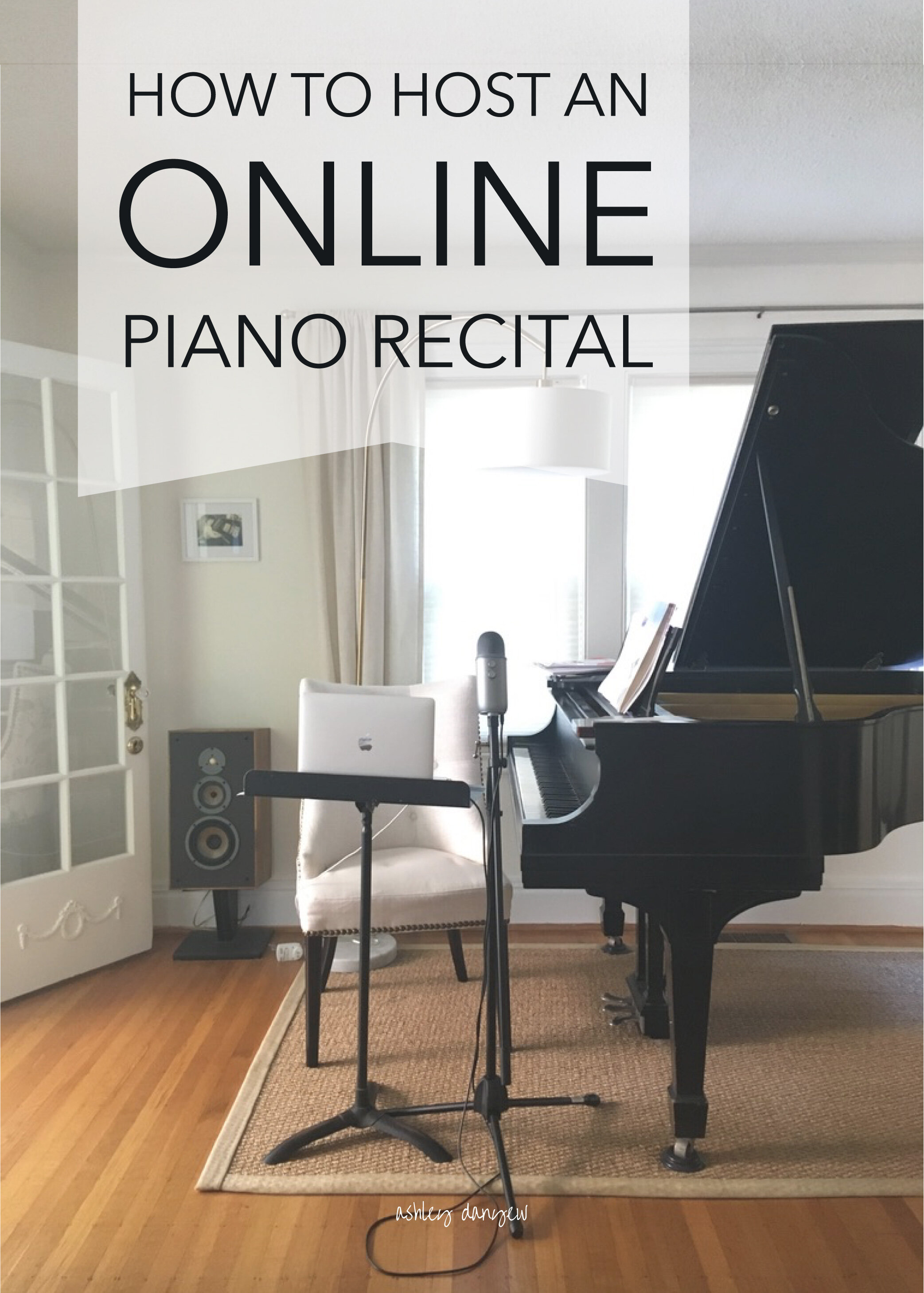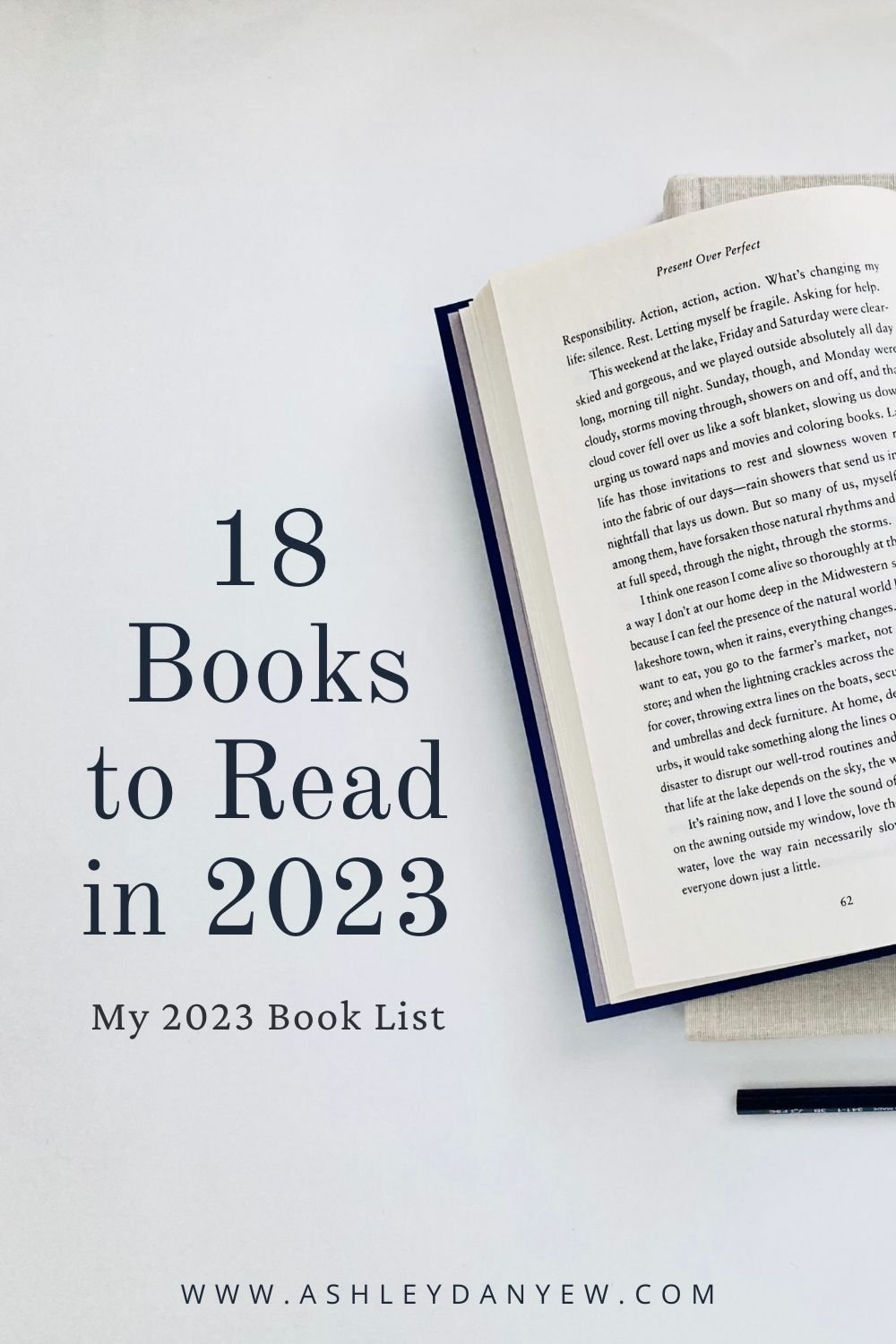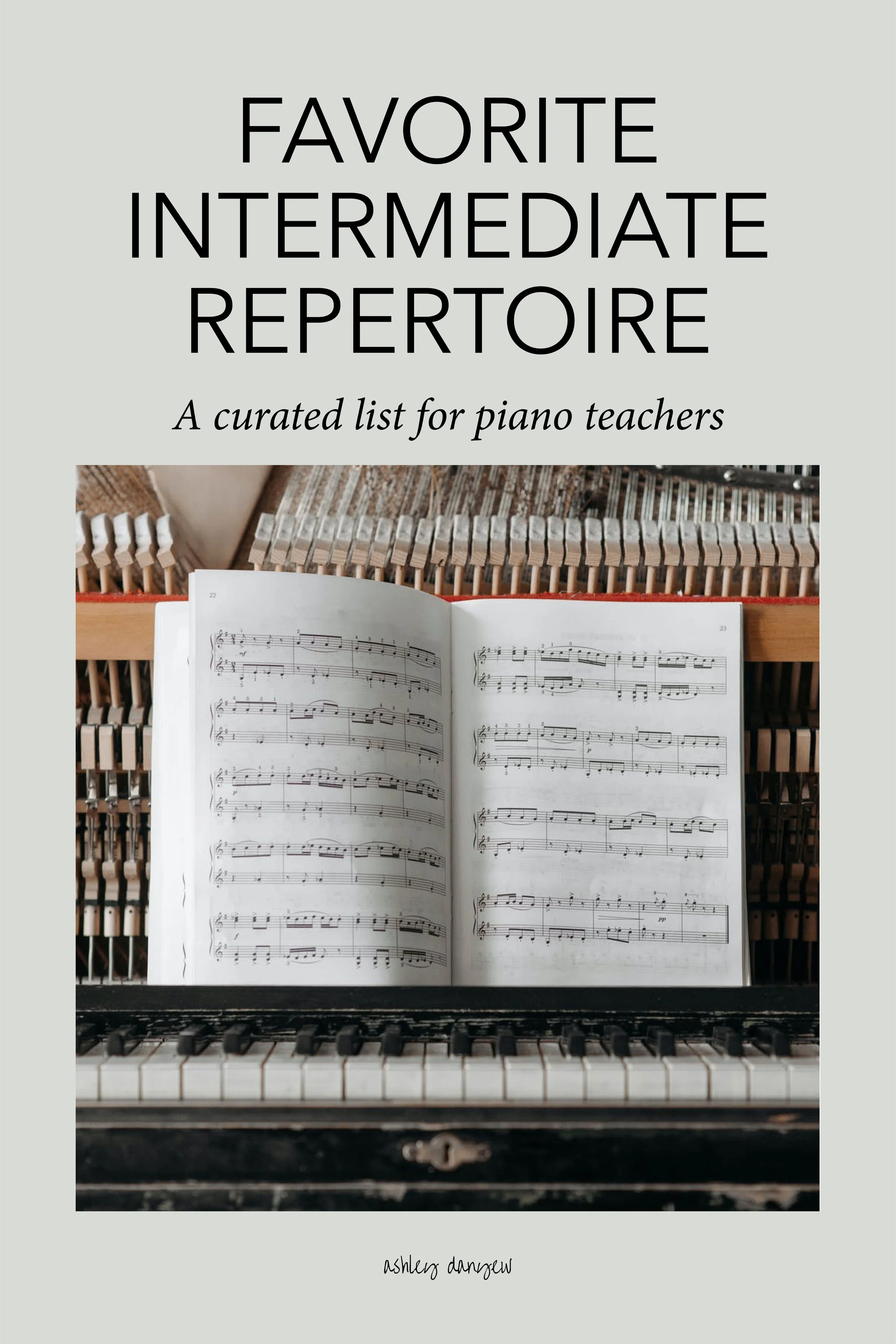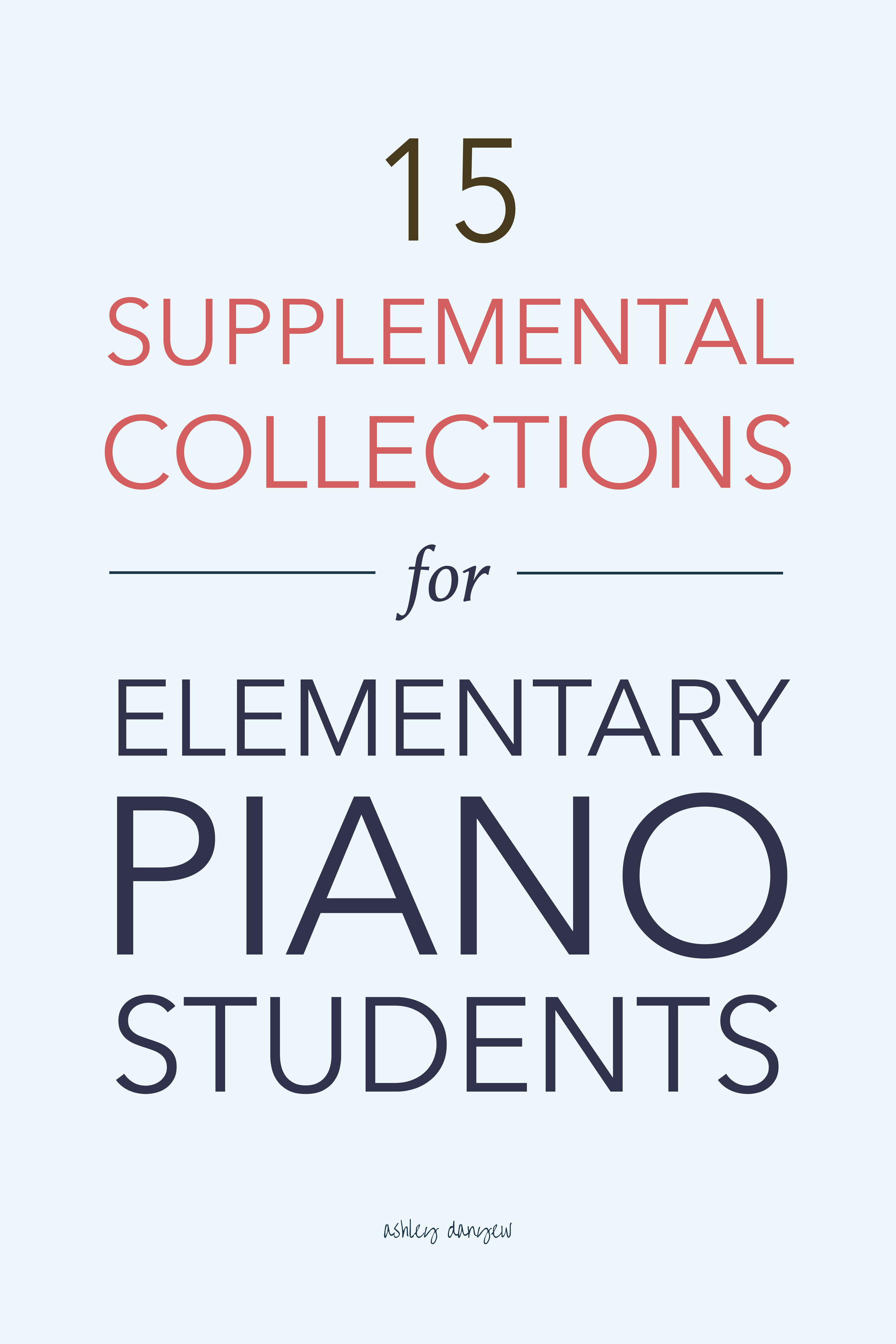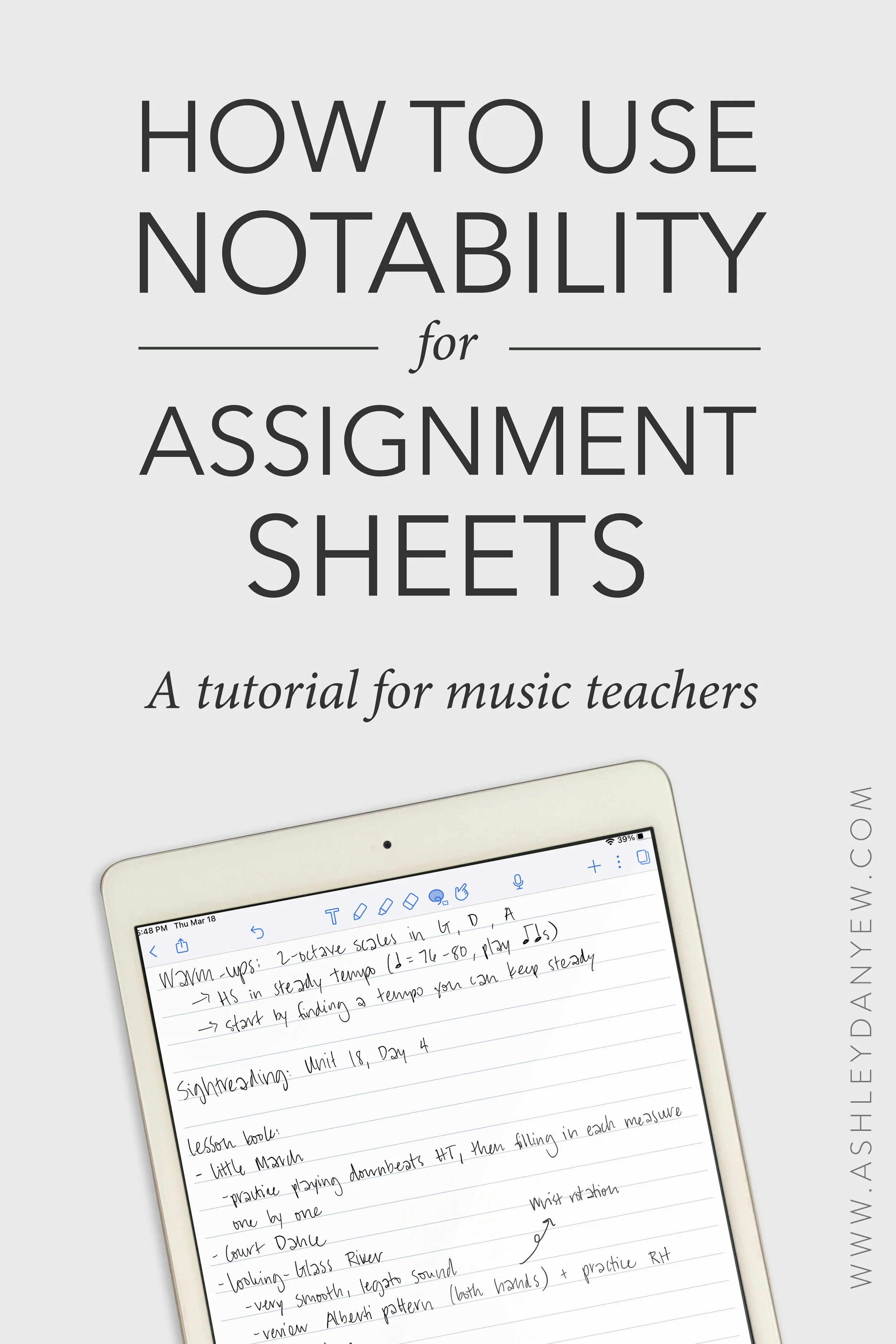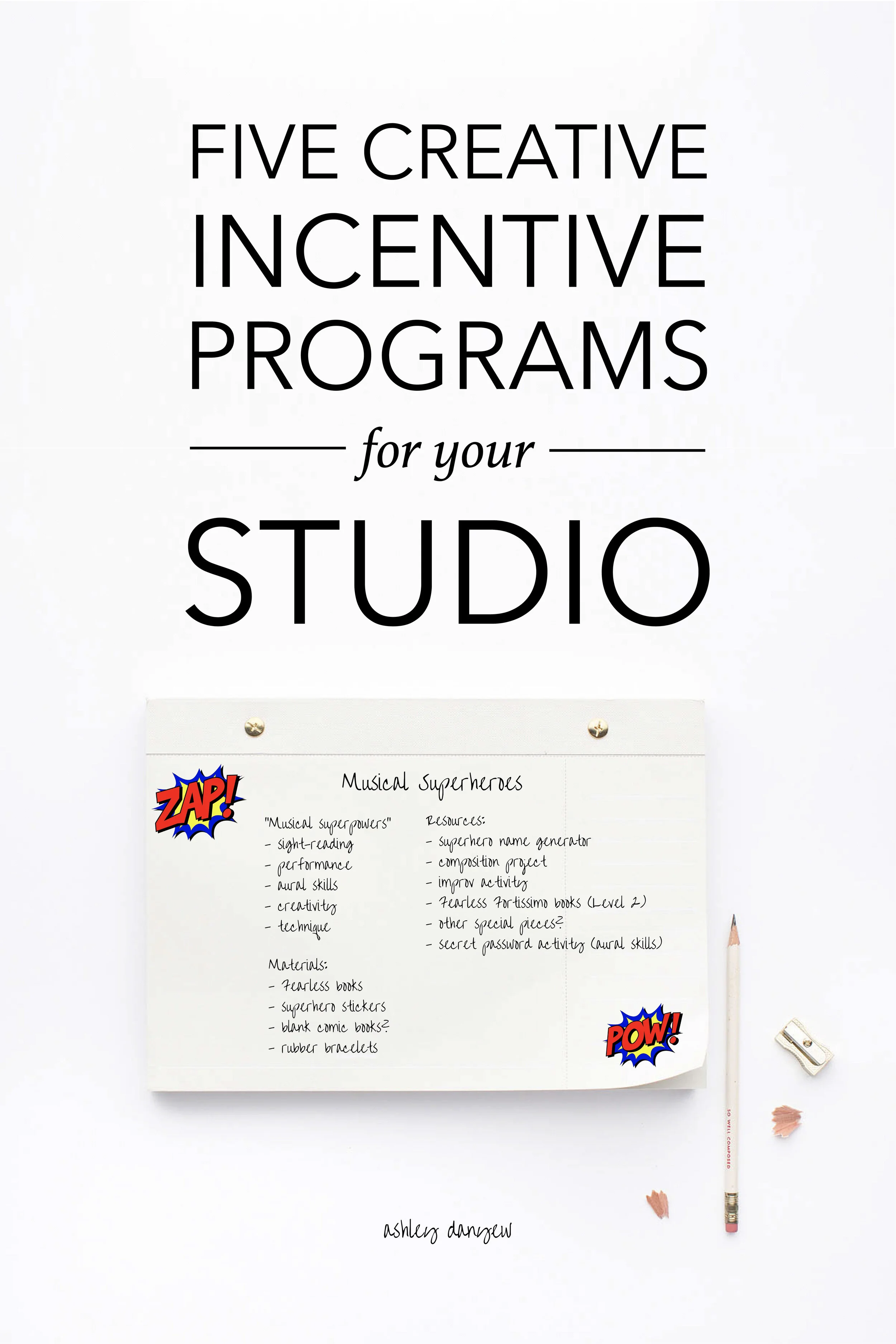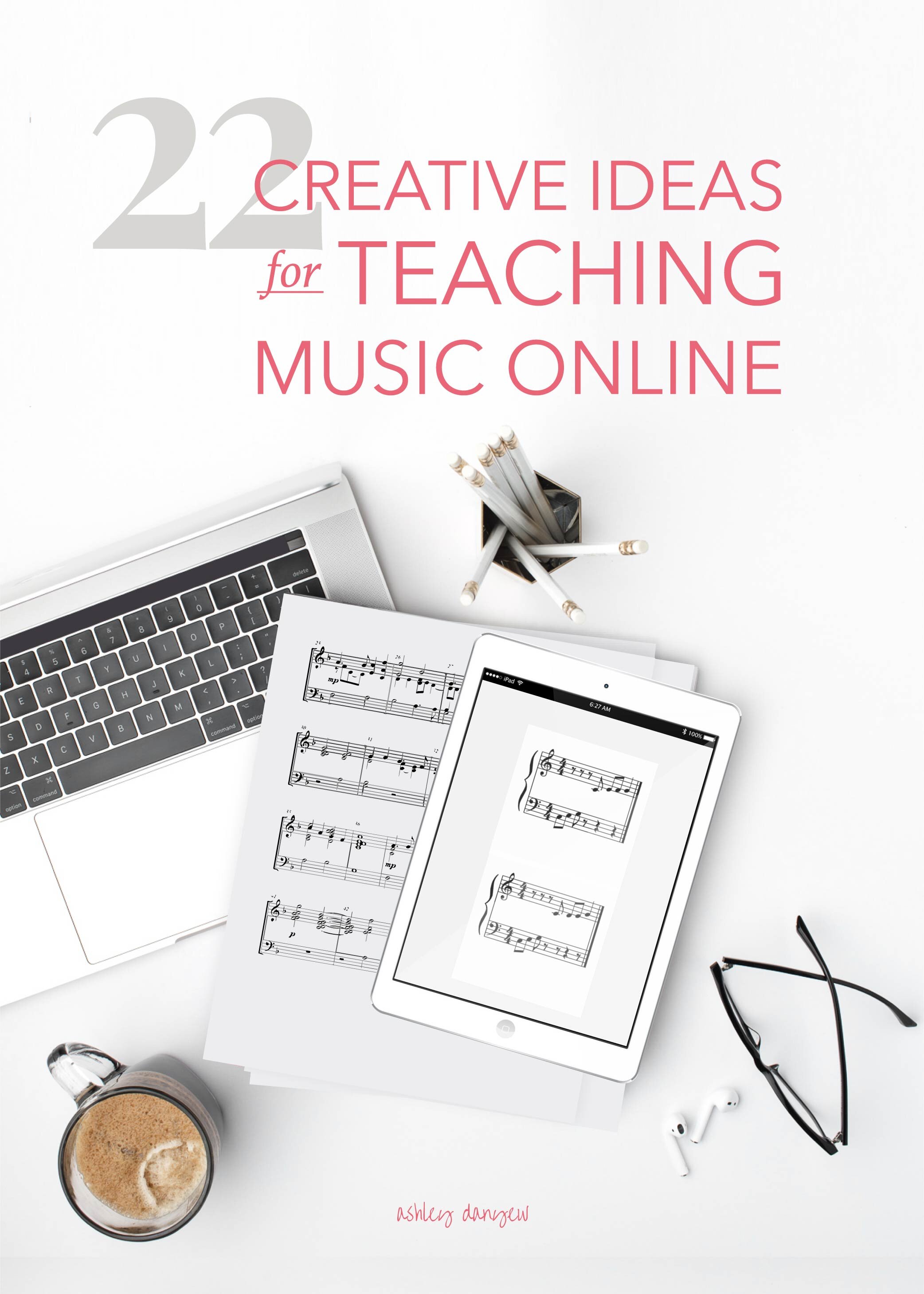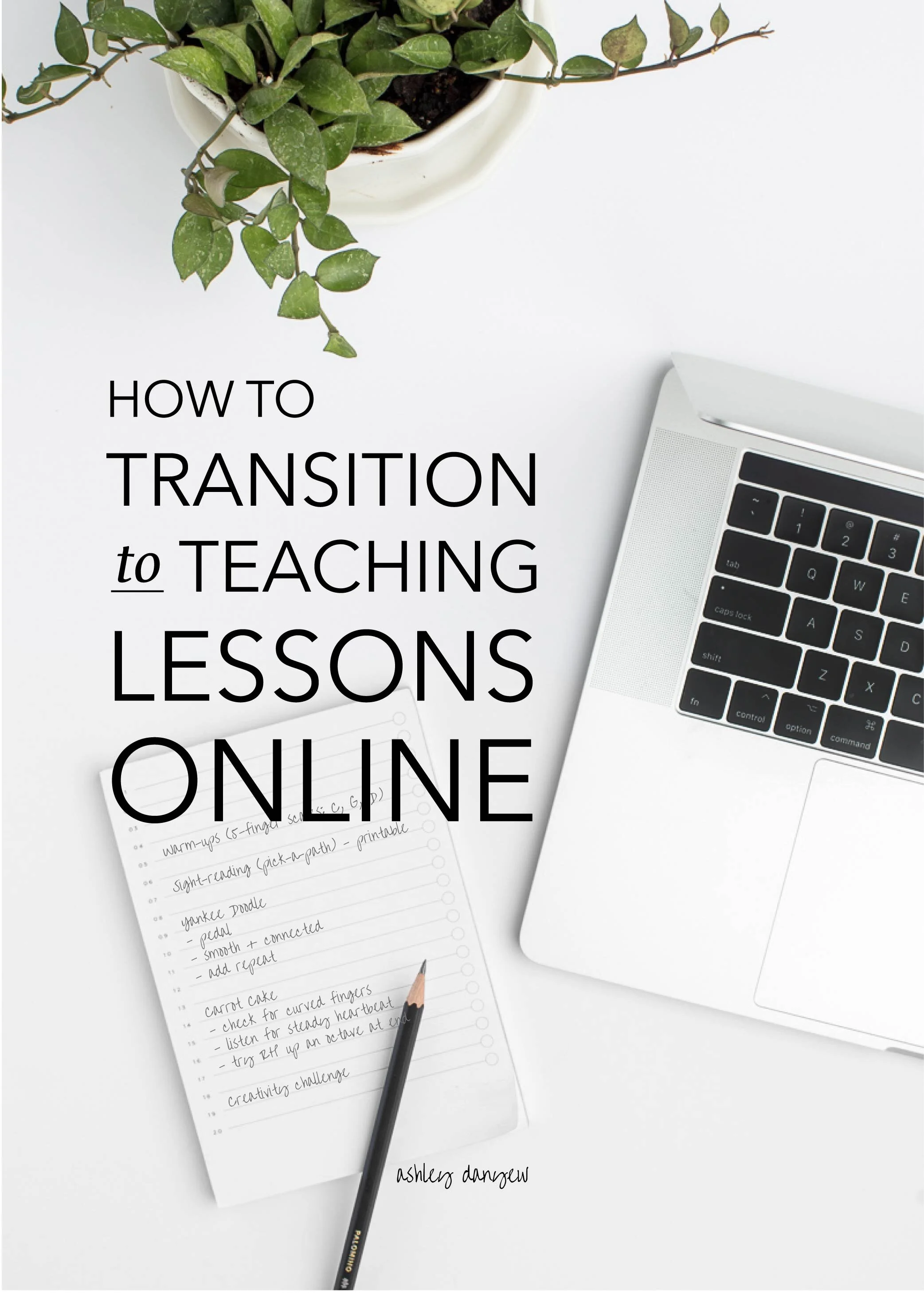Every year in my studio, we celebrate the end of the school year with a spring recital.
Each student prepares two pieces—sometimes memorized, sometimes with duets played by me or a parent or an older sibling or even a friend in the studio, and always with lots of supportive friends and family members in the audience.
This spring, like teachers around the world, I found myself suddenly immersed in the world of online teaching.
Many of my students had already selected their recital pieces at this point and I knew that instead of gathering in person in the school theater on a Saturday morning in late May, we’d need to find another way to celebrate this year.
We’d need to find a way to move the recital (like everything else in life) online.
Prior to March 2020, I had never taught a virtual piano lesson. Though there wasn’t a huge learning curve for the technology piece of it (I was already somewhat familiar with Zoom), it took me a few weeks to settle in and feel as comfortable as I do teaching in person.
Related post: How to Transition to Teaching Lessons Online Due to COVID-19
I had to learn how to adapt my approaches to this new virtual space, illustrate concepts through cards and signs I could hold up to the screen, or adjust the camera angle to show my hands on the keys.
But what would an online piano recital look like? How would I facilitate this and get all of my families on board?
Here’s a behind-the-scenes look at what we created, plus the step-by-step process we took to get there.
How to Host an Online Piano Recital
*Disclosure: I get commissions for purchases made through links in this post.
Step 1: Choose a Model
Research online recital options
Consider best practices for audio and video quality
In April, I began doing a little research on online recitals to learn from what other teachers had done. There seemed to be three basic models:
→ Live Zoom Recital
Students perform their recital pieces live from their living rooms via Zoom
→ Live Zoom Watch Party
Students pre-record their recital pieces and the teacher creates a video playlist to watch live with students and their families via Zoom
→ Pre-recorded YouTube Recital
Students pre-record their recital pieces and the teacher creates a video playlist for students and families to watch together
We’ve all learned about the sound quality limitations when using Zoom, especially with instruments like the piano. And though some students have been able to navigate the original sound settings built into Zoom, this wasn’t the case for everyone. Also, some students weren’t familiar with Zoom or didn’t have access from home (we used FaceTime for lessons).
For all of these reasons and to ensure the best audio and video quality, I decided to have my students pre-record their pieces.
Inspired by a webinar hosted by The Frances Clark Center and an idea from piano teacher Anna Beth Rucker, I decided to create a group video with each student finishing the statement, “I make music because…” I thought this would be a nice way to begin the recital (it ended up being one of my favorite things!).
Related episode: “I Make Music Because…”, Field Notes on Music Teaching & Learning, Ep. 032
Step 2: Communicate with Parents and Students
Write email to parents
Create steps (and helpful tips) for recording
Set a deadline
Share plans for online recital with students + explain how to record
Here are the instructions I sent to parents one month before the recital date:
Here’s how the online recital will work:
Record your recital pieces at home (one video per piece) at a time that is convenient for you. (See the attached document for a few helpful tips.)
Record a short video finishing the statement: “I like making music because…"
Send your videos to me via text message, email, or by uploading them to Google Drive or Dropbox. Video submissions are due May 23.
I will upload the videos to YouTube (unlisted: videos do not appear in search results and will be viewable only with a link).
On Saturday, May 30, I will email you a PDF recital program and a link to the recital playlist.
If you don’t have the ability to record videos at home, let me know. We can schedule a Zoom meeting and I can record your child’s performances from my end.
Note: I set the submission deadline for one week before our original recital date so I would have time to edit videos together and upload everything.
Step 3: Put It All Together
Save video files to computer
Edit videos (title screen + applause track)
Create recital program + convert to PDF
Record welcome video
Upload videos to YouTube + create unlisted playlist
As submissions came in throughout the month (via text, email, Google Drive, and Dropbox), I saved them all to a folder on my computer labeled “Online Recital.” I named each video file using the following format, “Student name_Title.”
I started editing videos together as soon as I received them, which saved time.
I took all the “I make music because…” videos and edited them together into one 2’30” video. I added a soft musical underscore in iMovie.
Each student submitted two recital videos (to keep the file sizes manageable), so I edited them together into one video in iMovie with a title screen listing their name and the title of their pieces and an applause track at the end (I saw this idea from another piano teacher!).
In the days leading up to the recital, I finished typing up the program in the order that I would have had students play if we were in person (roughly youngest to oldest with a few exceptions).
I uploaded all the video files to my YouTube account (unlisted so they wouldn’t appear in search results and would be viewable only with a link). Then, I created an unlisted playlist so I could put the videos in order.
Finally, I recorded a welcome video (since I would normally stand up and give a little speech at the beginning of the recital) and played a piece I had been enjoying at the time—Mendelssohn’s “Duet” from Songs Without Words, Op. 38, No. 6.
Step 4: Share the recital
Write recital-day email to parents
The last step was to write a recital-day email to send to parents. Here’s what I wrote:
Happy (virtual) recital day!
Today is a celebration: it’s the very first recital for some students and it’s the 10th recital for others! Together, we're celebrating a year’s worth of learning, musical growth, and creativity. It’s not always easy to perform for others (and as we learned recently, recording pieces at home is sometimes more intimidating than performing live!), but what a gift it is to share this music with friends and family this weekend. Thank you for being a part of that.
On a personal note, I’m so grateful for the opportunity to work with your children and make music together each week. Thank you for recognizing the value of music-learning experiences and for supporting your child’s musical development at home, especially during these last few months.
Here is a link to watch the Spring 2020 Recital. Feel free to watch this whenever it’s convenient for you. Attached is a copy of the recital program.
You are welcome to share this privately with friends and family. Out of respect for the other performers, please do not post this link publicly or share on social media.
We hope you enjoy this program!
All best,
Ashley
So, how did it go? Here’s what I learned.
This was my first time doing anything like this, so I thought I’d share a few things I learned through the experience, in case that’s helpful to you:
I’d like to foster a greater sense of community among performers and their families. Parents really seemed to appreciate the continuity of things and the opportunity to share performances even though we couldn’t gather in person. Some families sat and watched the full recital and others skipped around and only watched a few videos. If we do this again, I’d like to foster more community support across the studio. Perhaps hosting a live watch party via Zoom so everyone can see each other and participate live?
I should give my students more opportunities to record themselves. I learned the importance of teaching my students how to record. A few of my more advanced students found the process very challenging. We talked about the standard for perfection we often have for recordings (because most performances we watch and recordings we listen to are edited to be perfect) and the challenge of being distracted by the running camera.
I’d like to incorporate this experience into my teaching in the future somehow — helping my older students become more comfortable recording themselves for auditions, performances, and even rehearsal practice.
Students seemed comfortable and at ease. I loved seeing my students play and perform in their homes, at their pianos. This is the piano (or keyboard) they spend the most time playing and I think that provided an element of comfort and security when so many other things in their lives were new and different.
I’d love to hear from you:
Have you ever hosted an online piano recital? What model did you choose and what did you learn through the experience?


